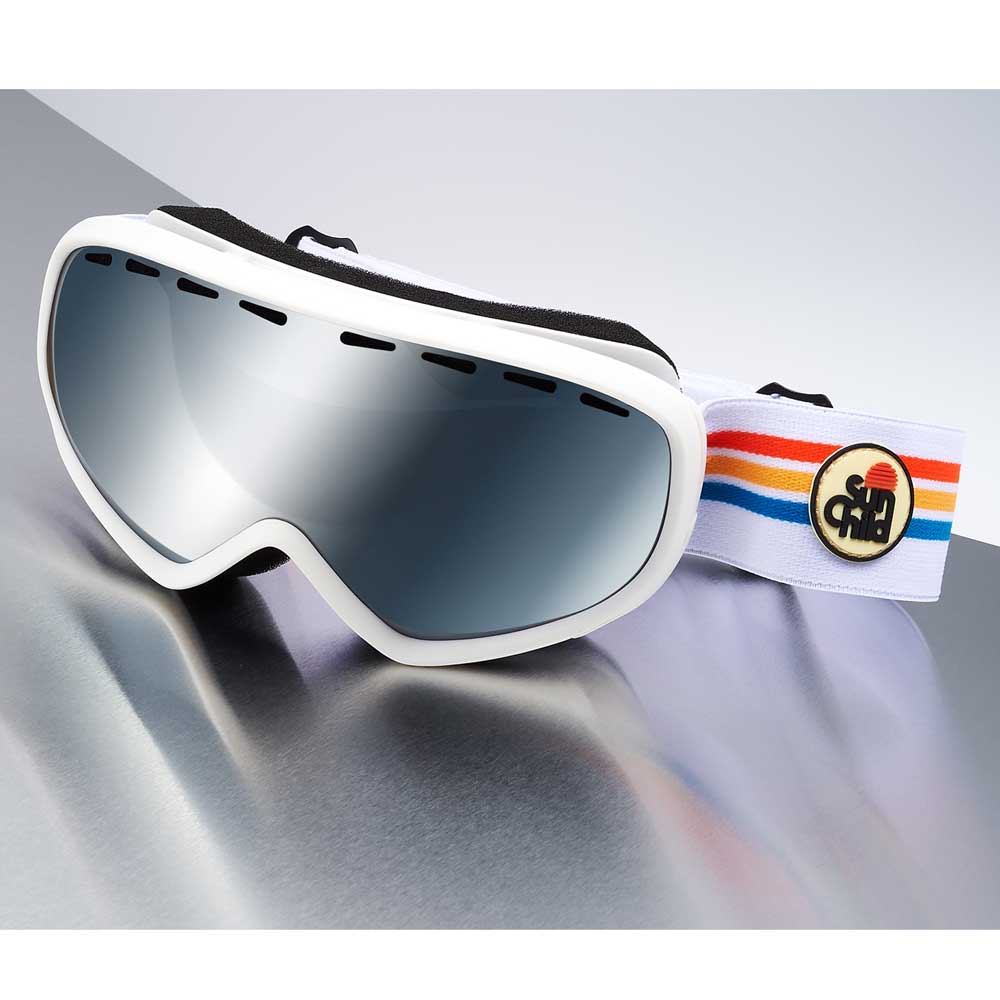Varionet News
Why use degressive reading glasses?
Degressive glasses, complementary glasses for wearers of progressive lenses
Degressive reading glasses, also called proximity glasses, mid-distance or depth-of-field glasses, are the result of innovative glass technology. Indeed they make it possible to rediscover a clear and sharp vision over several distances:
Eye strain at work: causes, symptoms and solutions after summer vacation
What is eye strain?
Eye strain, also known as visual fatigue or asthenopia, occurs when we overuse our eyes, especially when working on a screen. It results in fatigue of the ciliary muscle, responsible for focusing, which leads to blurred vision, discomfort, and other symptoms.
Visual fatigue affects the work of employees
Visual disturbances at work
8 out of 10 employees say they feel visual discomfort and eye disorders at work . Headaches, dry eyes, neck stiffness, glare and visual fatigue are the various symptoms. Many of them take up to 5 breaks per day to rest the vision. Of the more than alarming figures which endanger the eyesight of employees as well as the economy of companies.
5 tips and tricks to relieve tired eyes
No more dark circles
There are two types of dark circles, brown; linked to a natural overproduction of melanin. The eye contour is darker, in shades ranging from golden to brown. Hereditary, these dark circles are more common in Mediterranean skin.
And those more bluish; they are linked to poor blood circulation often induced by fatigue.
Covid, confinement, teleworking: how to maintain good visual health
Following the reconfinement and government requests, many are working from their living room or bedroom. This is how eyes are on the various producers of blue light : telephone screen, computer, television… Staring at these screens all day can be harmful to our physical and mental health and to our eyes, essential organs of our balance.
This is why it is essential to take care of your eyes in order to relieve the ocular stress and visual fatigue caused.
Blue light blocking glasses: additional protection against artificial light
Good to know: the "traditional" artificial tungsten light mainly emitted red radiation.
Can returning to work cause eyestrain?
Work, re-entry and eyestrain
The month of September is here, synonymous with back to school and this is a sign that the holidays are beautiful and well over! Summer is coming to an end and autumn is on its way. We have to adapt to the days that are getting shorter and it is common for eyestrain to appear. No more idleness, little naps, the daily routine is back with the long hours spent in front of digital devices and paperwork.
The return of eye fatigue
Back to school is coming and your eyes are already tired!
For what?
The lights follow each other and are not alike: after filling up with vitamin A under the sun arrive the rays of blue light emitted by your computer , smartphone and other digital devices.
Blue light , everyone talks about it; it is present everywhere! First in the natural light emitted by the sun , in this case "normal" exposure is strongly recommended for its beneficial effects for humans.
For a timeless style, adopt CHLOÉ glasses
Chloé, a pioneering brand !
Chloé is a French brand created by Gaby Aghion in 1952 to dress modern and active women.
Chloé combines the requirements of haute couture with those of ready-to-wear. It is the precursor of luxury ready-to-wear. Her clothes are supple, Mediterranean-inspired with natural, fluid and refined colors. Beautiful silk, lace or chiffon fabrics are used for original models.


